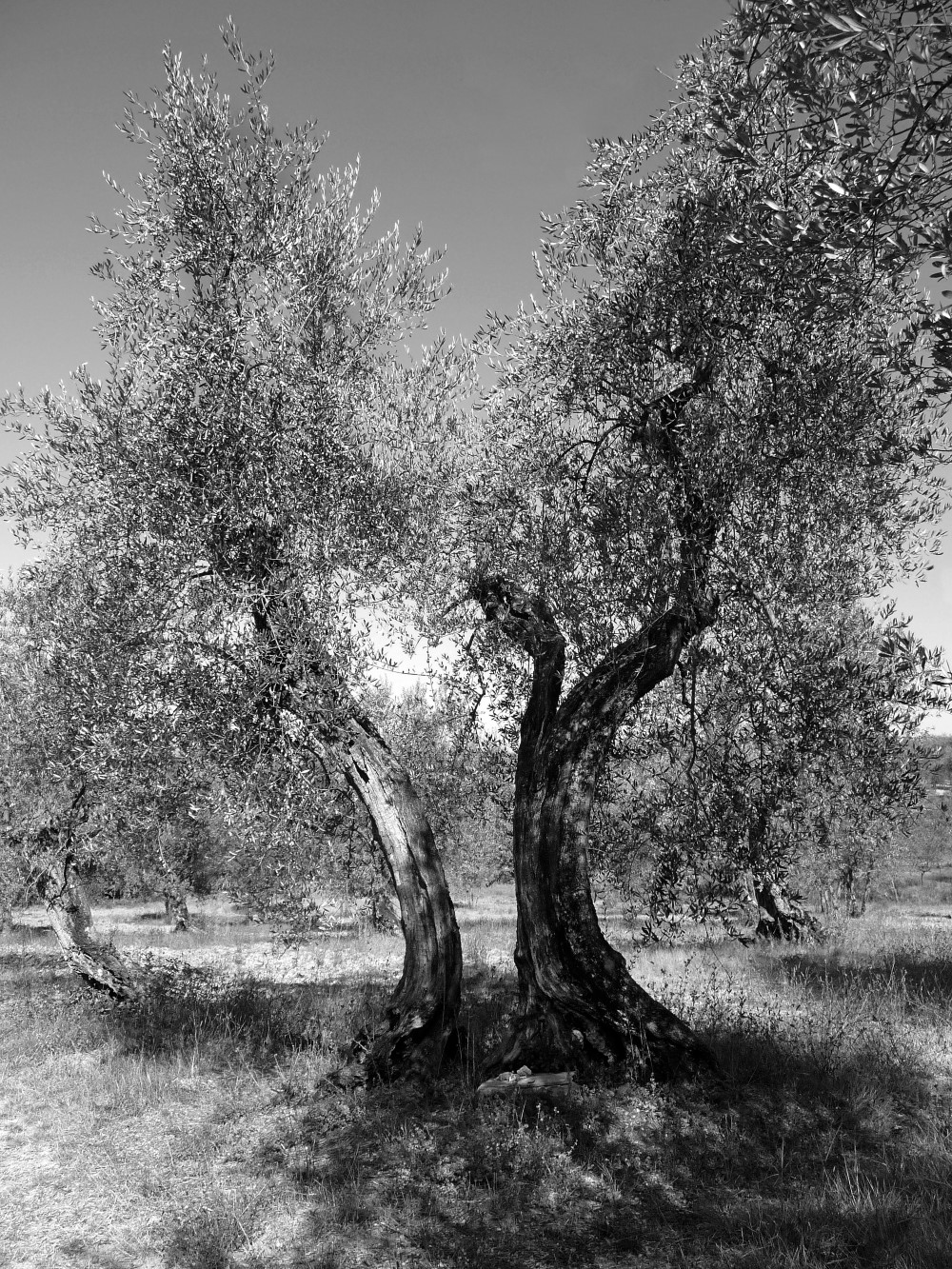The name Paterno, very popular in Tuscany, dates back to the Middle Ages and even to Roman times; it comes from the Latin ‘Paternus’ and indicates a property inherited from a father. Paterno indicates the whole area around the church of Santo Stefano and all the parish territory.
The white church of Santo Stefano with its characteristic pointed bell tower was built between 1806 and 1820 and was completely restored in 1934 by the will of the then parish priest Don Ulderigo Masti, and designed by the architect Severino Crott.
The primitive religious building, already documented from 1286, was located further upstream in the vicinity of the farm whose name, Chiesa Vecchia (Old Church), still retains its memory. The old church was part of the populace of Ripoli, and is mentioned in the lists of tithes (1276-1277 and 1302-1303), while the Florentine land registers (1427 and 1498) tell us that it was a land with olive groves, vineyards and woods, and that the Society of Santo Stefano a Paterno owned a house with land. The church was elected as a priory in 1727. But by the end of the eighteenth century the building was in poor condition and had even witnessed some collapses; for this reason, in 1806 (the prior was Jacopo Mazzoni) it was decided to reconstruct a new one a little further downstream.
Inside the new building were placed some works from the older one. A fresco by an unknown Florentine painter of the fifteenth century depicting the Annunciation is remembered which, in thirteenth-century church, was found at the altar of Our Lady and was removed in 1772 by a young Florentine sculptor. Some paintings dating from the sixteenth and seventeenth centuries are also notable, among which, a Madonna del Rosario by Francesco Curradi.
In the church, above the main altar, is preserved the important painted cross (tempera and gold on wood) dated 1280/1290, attributed in the past to a follower of Cimabue and more recently to Gaddo Gaddi. The work depicts the image of Christ (Byzantine style) with a curved body, to symbolize the suffering of death. The crucifix comes from the Oratorio della Croce a Varliano (Oratory of the Cross in Varliano) and was transferred to Paterno in 1895, after the earthquake of the 18th May. The restoration, carried out in the eighties of the last century, has enabled a more careful reading of each part, among others it has been shown that the ‘B’ topped by a rooster at the foot of Christ does not symbolize the denial of Saint Peter, but should rather be read as ‘B + GALLO’, indicating that the client is the Compagnia del Bigallo.
A kindergarten and an after-school program took place from 1931 to 1963 in some rooms located at the back of the building, managed by the nuns belonging to the Ordine delle Ancelle di Maria and then delle Mantellate.







